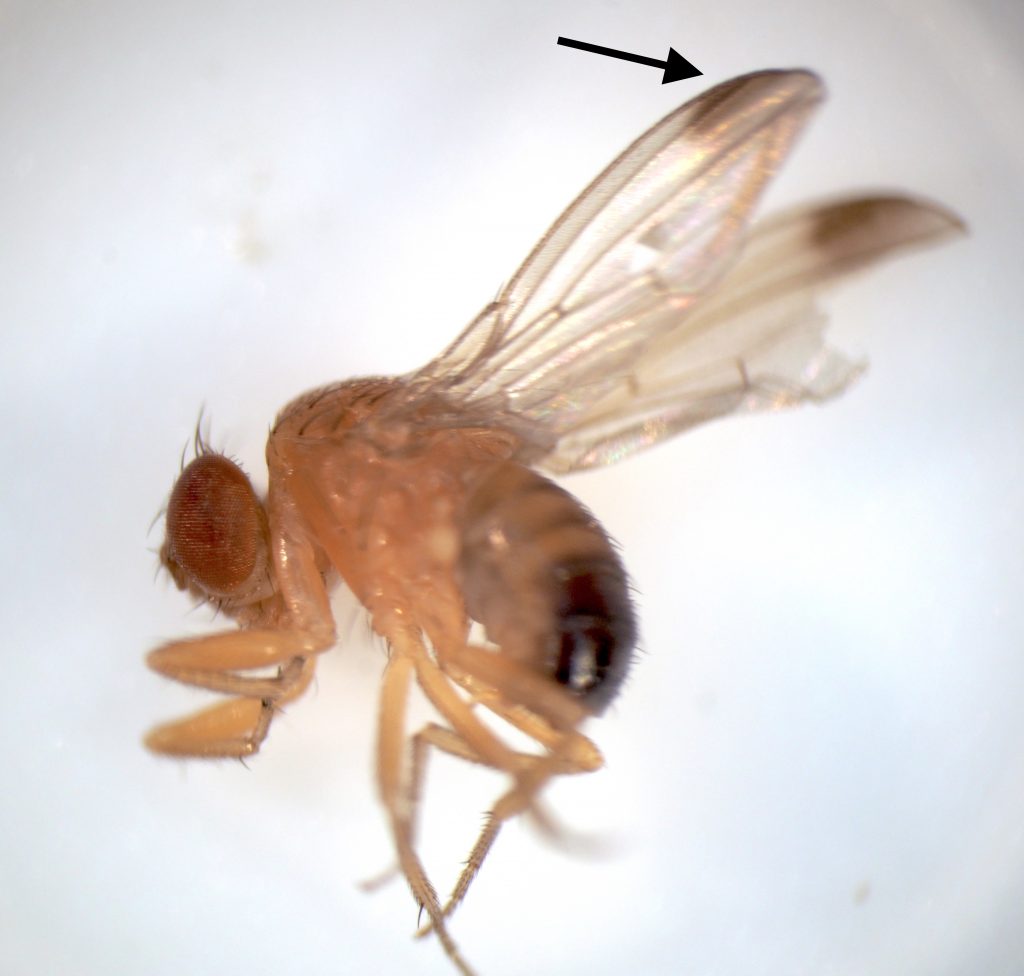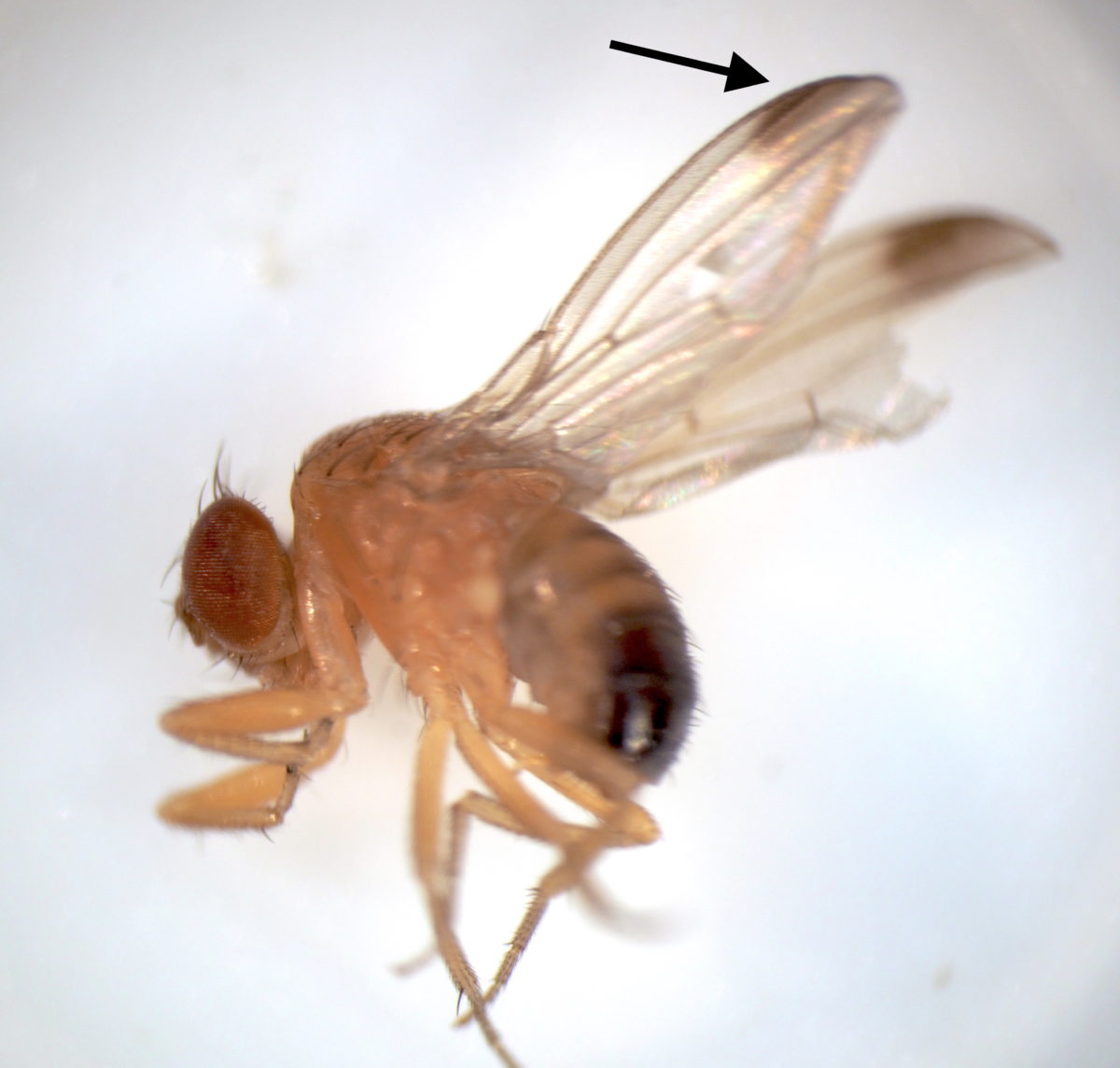By Ashley Robinson
Spotted wing drosophila (SWD), a fruit fly originally from southeast Asia, has emerged as the most devastating pest of small fruits globally. Losses due to SWD can be as high as 100 percent and have been especially devastating for organic producers due to the lack of insecticide options to fend off the pest.

RESEARCH PROJECT
Researchers are looking at ways to effectively manage SWD in organic small-fruit production.
Among these researchers is Ash Sial, blueberry entomologist at the University of Georgia. He led a multi-regional project that was funded by the U.S. Department of Agriculture-National Institute of Food and Agriculture through the Organic Agriculture Research and Extension Initiative to develop, evaluate and implement systems-based organic management programs for SWD.
The research project investigated behavioral, biological, cultural and chemical management strategies for SWD.
MULTI-PRONGED MANAGEMENT APPROACH
Monitoring is key when it comes to management of SWD and should take place beginning in the early stages of fruit development up until the end of harvest. Implementing cultural control strategies such as pruning and weed barrier mulches as preventive measures has also proven to be effective.
Typically, biological and cultural controls are used on the crop first to try to manage the problem. If those strategies are unsuccessful, chemical management strategies are then applied to the field.
“We have found some organic chemical control options that showed some promise, but in organic systems we do need cultural, biological and behavioral tactics to incorporate with the limited number of chemical control options we have available,” Sial says. “The bottom line is, you will have to implement all of these tactics to control SWD in your organic system.”
Exclusion netting is the only foolproof technology that researchers have found to effectively manage SWD, but it is very expensive. In order to be effective, the netting must be installed before SWD invades the crop.
Sial and his team of researchers are also working on alternative options to modify the behavior of the SWD, to attract it away from the bushes or fields where fruit is being produced.
“We are trying multiple options,” says Sial. “Our pipeline is strong. Our goal is to give programs to farmers that rely minimally on insecticide use and focus more on behavioral control and other alternative options.”










